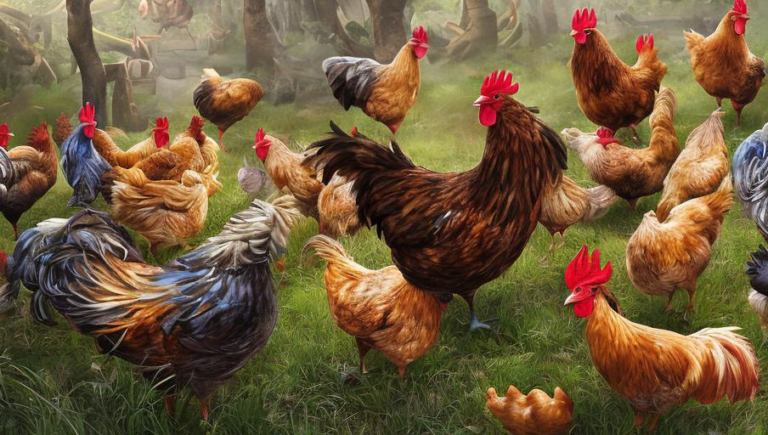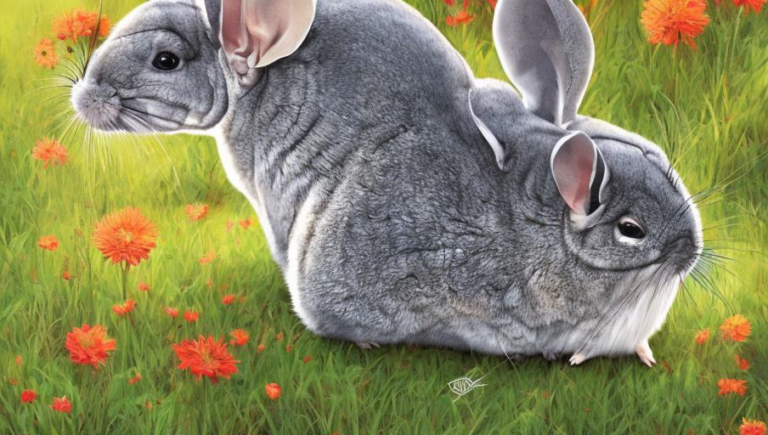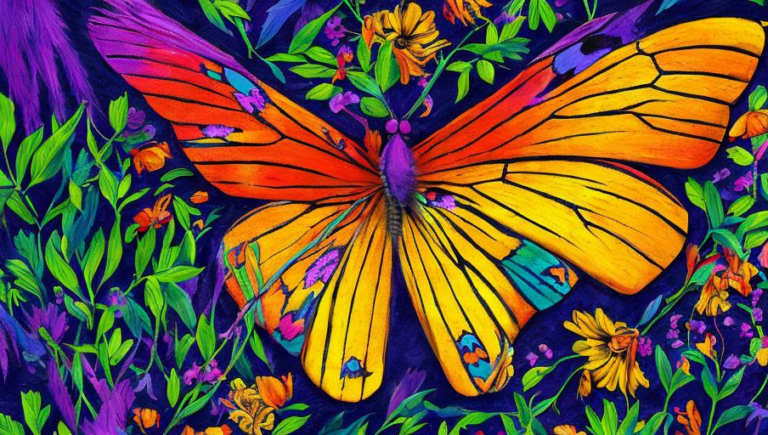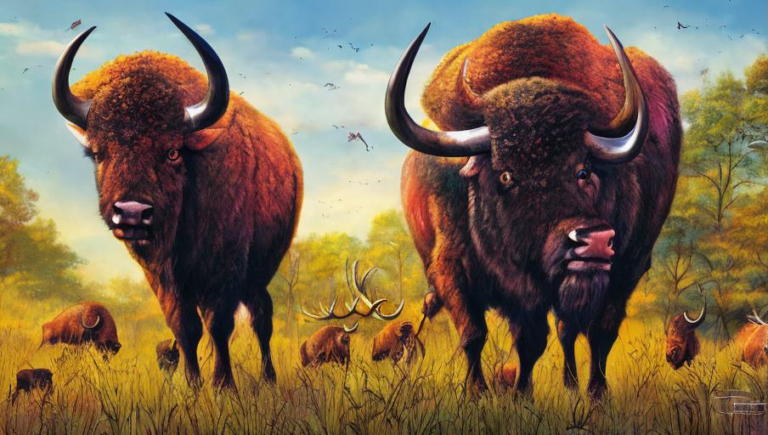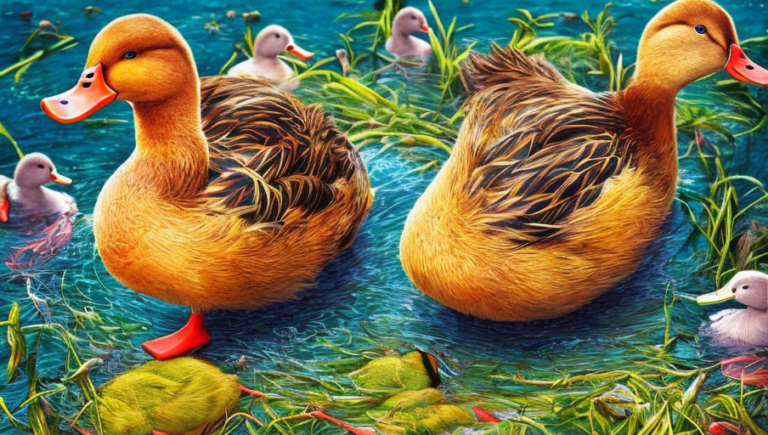Laying the Foundations for a Safe and Sustainable Crane Population

The Amazing Crane
The crane is a large, majestic bird of the gruiform family that has been admired by humans for centuries. The crane is a symbol of good luck, longevity, and fidelity in many cultures around the world. Cranes are also a keystone species, meaning they play an important role in maintaining the balance of their ecosystems, and they are important indicators of environmental health. Unfortunately, due to increasing human pressure on their habitats, crane populations are declining in many areas around the world.
Threats to Crane Populations
The main threats to crane populations are habitat destruction and loss, poaching, and climate change. The destruction and fragmentation of crane habitats have led to a decrease in the availability of food, nesting sites, and other vital resources for the birds. Poaching of cranes for their feathers, eggs, and meat has also contributed to declining populations. On top of this, climate change is increasingly affecting crane populations by altering weather patterns and ecosystems and making them more vulnerable to disease.
Conservation Efforts
Fortunately, there are a number of conservation efforts underway to protect crane populations around the world. Governments and conservation organizations are working together to protect crane habitats and reduce the threats posed by habitat destruction and poaching. In addition, conservationists are working to educate the public on the importance of crane conservation and the need to protect their habitats. Finally, research is being done to better understand crane behavior and ecology, which will help inform conservation efforts.
Creating a Sustainable Future
In order to ensure a safe and sustainable future for crane populations, it is crucial that we continue to support conservation efforts and promote better stewardship of crane habitats. We must also continue to educate the public on the importance of protecting crane populations and the need to reduce our carbon emissions to mitigate the effects of climate change. By working together, we can ensure that crane populations remain healthy and abundant for future generations.
